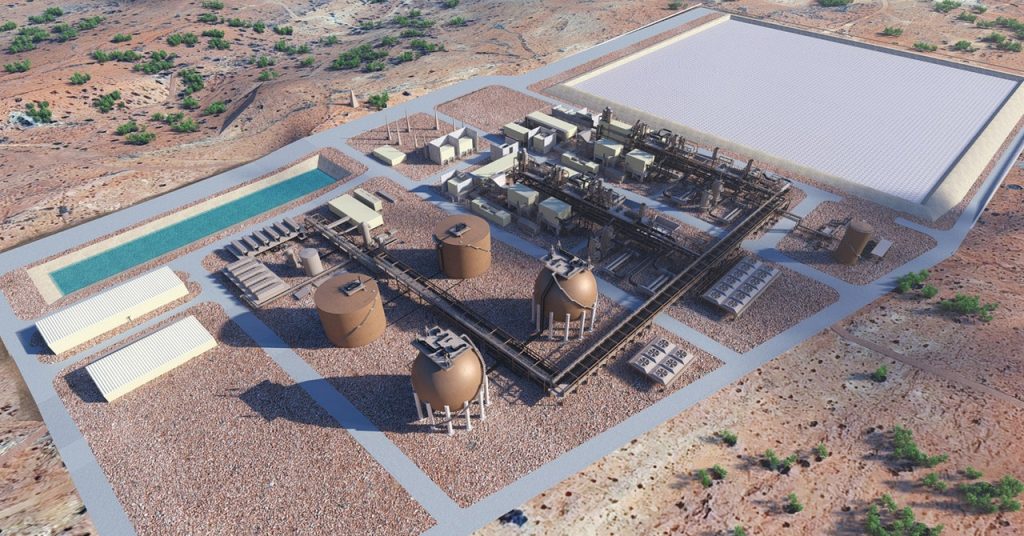Hydrostor’s CEO Discusses the Simplicity and Potential of Compressed Air Energy Storage
A Hole in the Rock, Air, and Water: The Building Blocks of Hydrostor’s Technology
Curtis VanWalleghem, the CEO and co-founder of Hydrostor, recently provided an update on the company’s progress in developing large-scale compressed air energy storage plants in Australia and California. He emphasized the simplicity of Hydrostor’s system, which relies on three main components: a hole in future-of-chatgpts-creator/” title=”OpenAI's Turbulent Times: Navigating the Future of ChatGPT's Creator”>rock, air, and water. The equipment used in the process is sourced from the oil and gas industry, eliminating the need for new manufacturing.
The Importance of Long-Duration Energy Storage in the Future Grid
As the grid evolves to incorporate more renewable energy sources like wind and solar, the need for a diverse mix of energy storage solutions becomes increasingly important. While lithium-ion batteries typically provide storage for up to four hours, the future grid will require storage options that can operate for longer durations, ranging from six to 12 hours or even a day or more. This is where long-duration energy storage technologies, such as compressed air energy storage, come into play.

Navigating the Challenges of Project Development
The clean energy economy presents a significant gap between developed projects and those in various stages of planning, making it challenging to fully grasp the landscape. Many projects face obstacles along the way that can lead to delays or even failure. In light of this, the progress of Hydrostor’s projects in Australia and California will be closely monitored, particularly in terms of their ability to begin construction on schedule and navigate the regulatory approval process.
Adapting to Regulatory and Community Feedback in California
Hydrostor’s California projects have undergone significant changes in response to challenges in the permitting process and feedback from local communities and regulators. The company initially had two proposals in the state but withdrew one due to issues with building in a location overseen by the California Coastal Commission. The remaining project, Willow Rock, has been modified in terms of design and location to address concerns raised by stakeholders.
The Role of State Support in Advancing Long-Duration Energy Storage
California’s state government and the California Energy Commission have expressed strong support for the development of long-duration energy storage. The state estimates that it will require 4 gigawatts of long-term energy storage capacity to achieve its goal of 100 percent clean electricity by 2045. This support could play a crucial role in the success of Hydrostor’s Willow Rock project, which, if completed, could serve as a showcase for the potential of compressed air energy storage and pave the way for the development of numerous similar projects in the future.
“We’re just looking forward to the growth, just getting these projects constructed and then start doing more, five, 10 projects at a time,” VanWalleghem said.

4 Comments
Hot air isn’t just for balloons anymore, Australia’s changing the game with this tech!
Looks like the Outback is catching a fresh breeze of innovation, one compressed-air battery at a time!
Australia’s Outback isn’t just for kangaroos now; it’s powering up in a way that’ll make you rethink hot air entirely!
Who knew hot air could be so useful, right? Australia’s really onto something with this energy game!